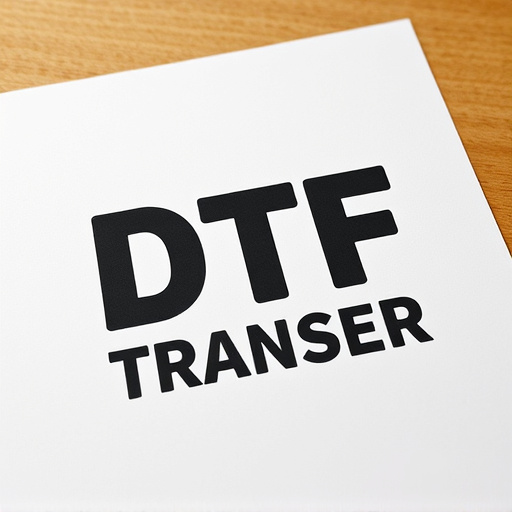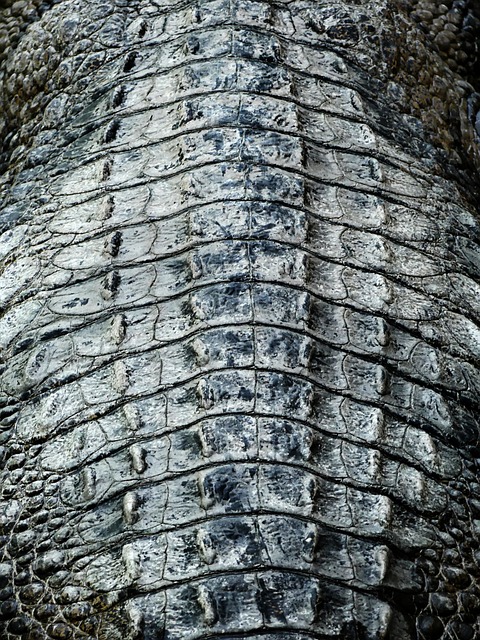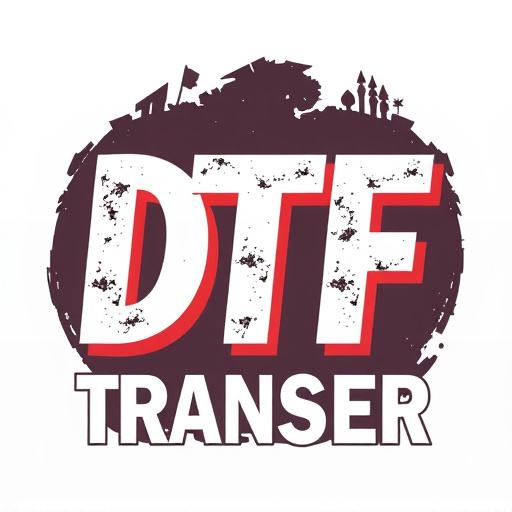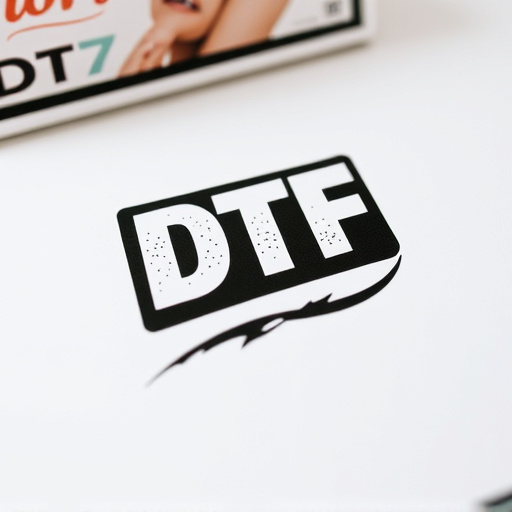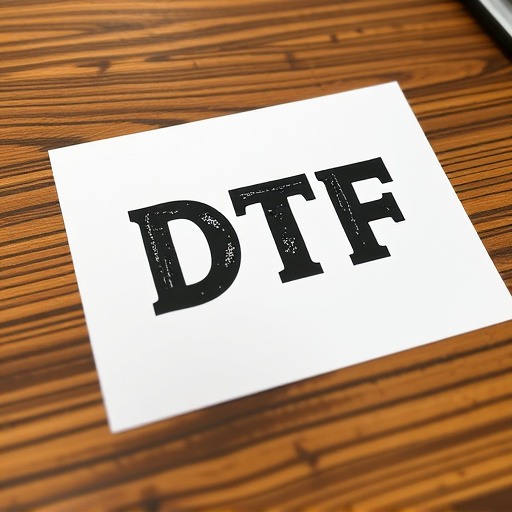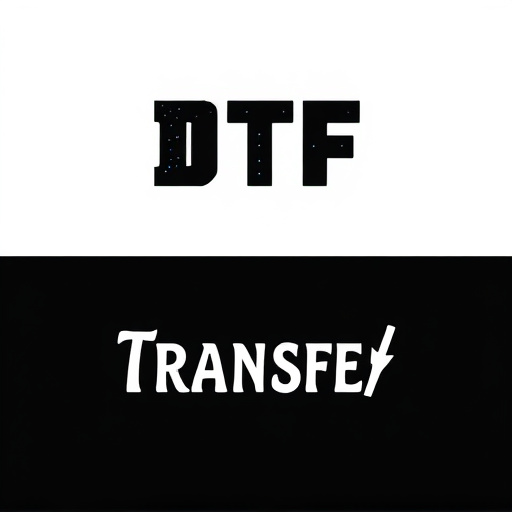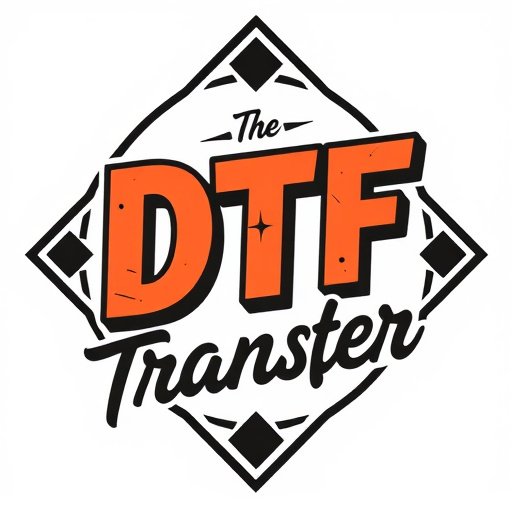Direct-to-Film (DTF) transfer printing is a revolutionary technology offering high-quality, precise images directly onto film. Beneficial for industries like entertainment and art, DTF eliminates traditional printing steps, providing vibrant colors, exceptional detail, and reduced costs. Pioneering businesses are redefining DTF's potential with advanced methods, sustainable practices, and top-tier quality control. The entertainment industry has successfully embraced DTF for intricate prints in films and animations. Market growth is driven by technological advancements, consumer demand for custom apparel, and a push towards sustainability, making DTF an attractive solution for various creative applications.
In the dynamic landscape of film production, Direct-to-Film (DTF) transfer technology has emerged as a game-changer. This innovative process enables high-quality printing directly from digital files, revolutionizing how films are created and distributed. Our comprehensive guide explores the world of DTF transfer production, highlighting top businesses driving innovation and the benefits it offers filmmakers. From understanding core technology to examining successful case studies, we delve into the future trends shaping this exciting market.
- Understanding Direct-to-Film Transfer (DTF) Technology
- Top Businesses Innovating DTF Transfer Production
- The Benefits of Choosing DTF for Film Printing
- Key Features and Services Offered by Leading DTF Companies
- Case Studies: Successful DTF Prints in the Entertainment Industry
- Future Trends Shaping the DTF Transfer Market
Understanding Direct-to-Film Transfer (DTF) Technology

Direct-to-Film (DTF) Transfer is a cutting-edge printing technology that has revolutionized the way businesses create and reproduce high-quality images and designs directly onto various substrates, including film. This innovative process eliminates the need for traditional intermediate steps, such as printing on paper or vinyl, and then transferring the image to the desired surface. With DTF, businesses can achieve precise, vibrant prints directly onto film, opening up a world of possibilities for creative applications.
DTF technology uses advanced printers that deposit pigment or dye onto the film in a continuous and accurate manner, ensuring exceptional color accuracy and detail. This method is particularly advantageous for industries like entertainment, advertising, and art, where high-resolution, visually stunning prints are essential. Whether it’s creating special effects for films, designing eye-catching billboards, or producing limited-edition art pieces, DTF Printing offers a fast, efficient, and cost-effective solution, delivering exceptional results every time.
Top Businesses Innovating DTF Transfer Production

The world of direct-to-film (DTF) transfer production is being revolutionized by a handful of innovative businesses leading the charge in this cutting-edge technology. These forward-thinking companies are pushing the boundaries of what’s possible with DTF, offering advanced solutions for print and production enthusiasts alike. By focusing on precision, quality, and efficiency, they’re producing top-tier DTF prints that cater to a diverse range of applications, from custom apparel to signmaking.
Their dedication to innovation is evident in the continuous development of new techniques and materials. This includes refining DTF transfer methods to ensure long-lasting, vibrant colors and exceptional detail in prints. Many of these businesses also prioritize sustainability by employing eco-friendly practices and materials, making their processes more environmentally responsible. With their expertise and commitment to excellence, these top players in the industry are shaping the future of DTF printing, providing enthusiasts and professionals with unparalleled options for bringing their creative visions to life.
The Benefits of Choosing DTF for Film Printing
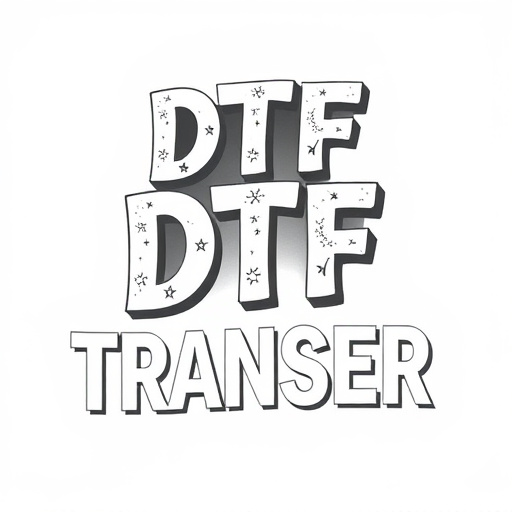
Choosing Direct-to-Film (DTF) transfer production for film printing offers a host of advantages that make it an increasingly popular option among businesses and enthusiasts alike. DTF provides a highly efficient process, eliminating the need for traditional photographic steps like film development or plate making. This not only speeds up production time but also reduces costs significantly, making it accessible to a broader range of projects, from independent films to promotional content.
Moreover, DTF offers unparalleled quality and flexibility in terms of printing. It enables the reproduction of intricate details and vibrant colours, ensuring that final prints look as close as possible to the original source material. With DTF, there’s no need to compromise on visual fidelity or artistic vision. Additionally, this method allows for easy customization and quick turnaround times, enabling businesses to adapt swiftly to changing demands in the dynamic film industry.
Key Features and Services Offered by Leading DTF Companies
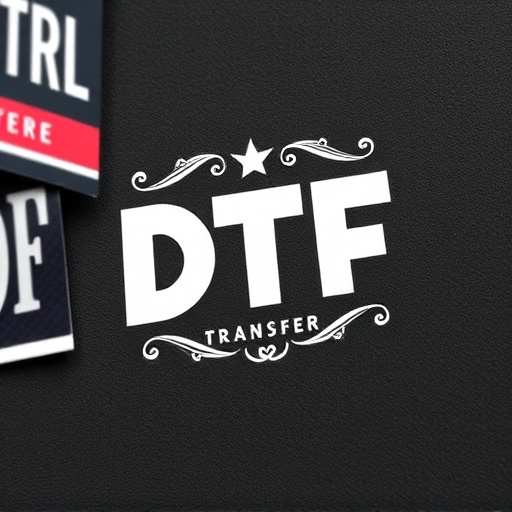
Leading businesses specializing in direct-to-film (DTF) transfer production offer a range of key features and services that set them apart in the market. These companies are equipped with advanced technology, such as high-resolution printers capable of producing detailed and vibrant DTF prints. They provide a comprehensive suite of services, including custom design support, where clients can collaborate with experts to create unique artwork tailored to their specific needs.
Another vital service is on-demand printing, enabling businesses to order DTF transfers promptly for immediate use. These companies often cater to various industries, from fashion and apparel to advertising and events, offering versatile solutions like heat-transfer films suitable for different materials and finish options. They ensure top-quality products through rigorous quality control measures, guaranteeing that each DTF transfer meets the highest standards of precision and durability.
Case Studies: Successful DTF Prints in the Entertainment Industry
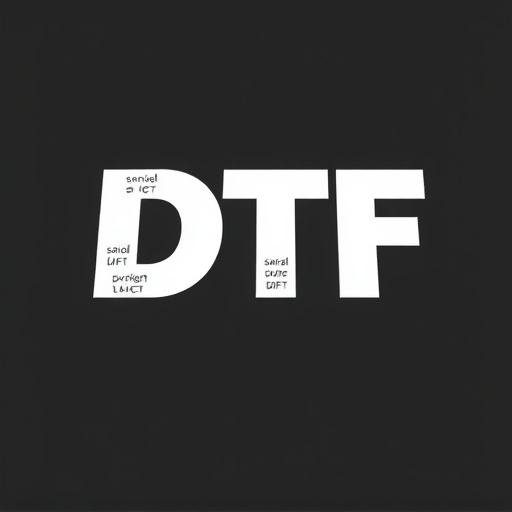
The entertainment industry has embraced direct-to-film (DTF) transfer production, showcasing its potential through numerous successful case studies. These projects highlight the versatility and high-quality results achievable with DTF printing technology. For instance, a major Hollywood studio utilized DTF to create intricate, full-color prints for a historical epic, where precise color matching and detailed imaging were essential. The process allowed artists to achieve a level of realism never before possible, enhancing the visual impact of the film significantly.
Another notable example involves an independent animation studio that employed DTF for character backdrops in a stop-motion short film. The studio required diverse, highly detailed environments to support their intricate animatronics. DTF transfer provided the perfect solution, delivering complex scenes with vibrant colors and fine line details, elevating the overall production value of the film. These success stories exemplify how DTF printing can cater to various entertainment needs, pushing creative boundaries and contributing to visually stunning cinematic experiences.
Future Trends Shaping the DTF Transfer Market
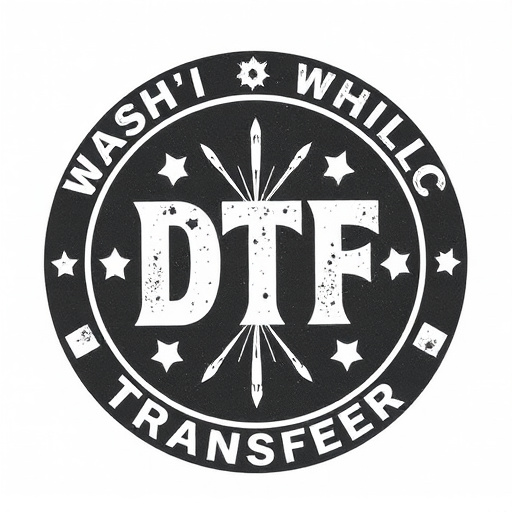
The direct-to-film (DTF) transfer market is poised for significant growth and evolution, driven by advancing technologies and shifting consumer demands. One prominent trend is the increasing adoption of digital printing methods, such as DTF Printing, which offer unparalleled precision, vibrant colors, and faster production times compared to traditional techniques. This shift is expected to enhance the quality of DTF prints while reducing costs, making custom apparel and merchandise more accessible to a broader market.
Additionally, sustainability is becoming a critical focus in the DTF Transfer industry. Eco-friendly materials and processes are gaining traction as consumers become more conscious of the environmental impact of their purchases. Businesses specializing in DTF production are responding by exploring water-based inks, recyclable substrates, and closed-loop recycling systems, ensuring that the growing demand for personalized items does not come at the cost of environmental sustainability.

